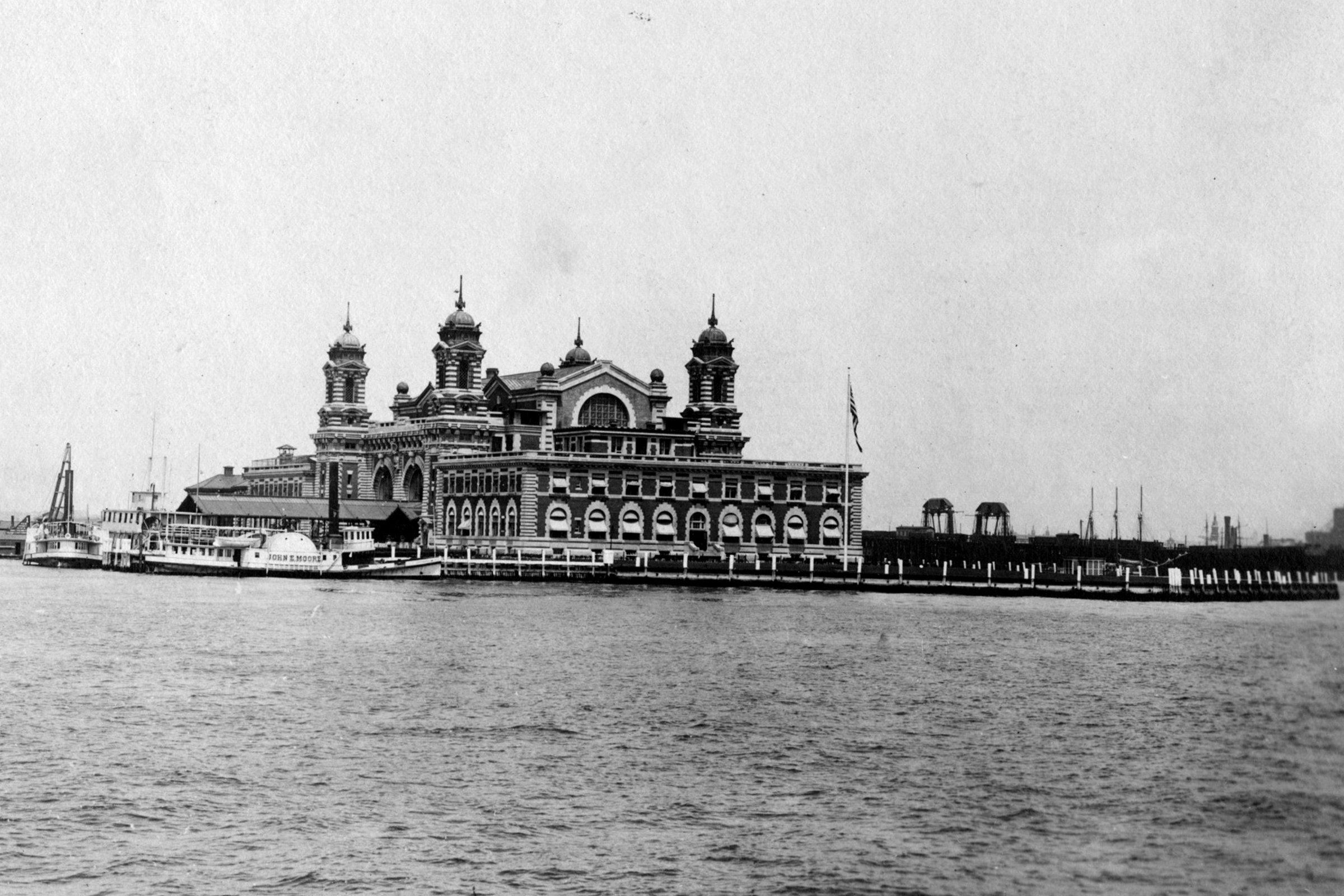
It took more than 11,000 people — 11,747 to be precise — to set the record. That was how many individuals went through immigration at Ellis Island in New York on April 17, 1907, precisely 110 years ago. That day would be the busiest ever in the history of the famous immigration center, which processed an estimated 5,000 on an average day, according to the New-York Historical Society.
And it wasn’t just a matter of one day. The Ellis Island Foundation notes that April 1907 was a historic month in general, as the Port of New York received 197 ships, carrying more than a quarter-million passengers from around the world. That year was Ellis Island’s peak year, as more than 1.2 million immigrants came to the United States.
So why then?
Ellis Island had opened in 1892 during a boom period in the economy. Since the end of the Civil War, the U.S. had been becoming more federalized, as antitrust laws and interstate-commerce commissions were formed to manage the increasingly complex economy. Likewise, though immigration control had been left to the states until the late 1800s, increased immigration and immigration from parts of the world that had previously sent fewer people to the U.S. — Russia, Italy, Greece or Poland for example — led many people, for either practical or xenophobic reasons, to feel it was time for a national immigration system. “People are starting to say that federal government should take control, and we should be a little more particular about who we let in,” as Vincent Cannato, author of American Passage: The History of Ellis Island and professor of history at the University of Massachusetts, Boston, puts it. That nationalization led to the creation of Ellis Island as a point of entry, and by 1907 the processing center had hit its stride.
“The U.S. was experiencing a strong economy — this was the height of the industrial revolution and factories needed cheap immigrant labor,” says Cannato. “The years leading up to 1907 marked an uptick in violence against Russian Jews — the pogroms — that served to drive more Jews out of Russia and to the U.S.”
As far as what actually happened there, inspections took about two hours. Doctors would examine immigrants for signs of physical ailments or mental illness; at one point, they would flip back people’s eyelids to look for a contagious eye disease. If an immigrant had one of these problems, then a letter symbol would be drawn on his or her jacket with chalk — for example, E for eyes or X for suspected mental problem. And contrary to popular belief, the process did not involving changing one’s surname to one that’s easier to pronounce, which is one of the biggest myths that persists about Ellis Island. If names were changed, that would happen earlier, when the ship’s manifest (list of cargo) was written in Europe at the home country’s consulate. Overall, despite these procedures, Cannato says only two percent of immigrants were turned away.
And, though immigration to the U.S. has continued in the century since, Ellis Island didn’t get many years after 1907 to beat its record. The military took it over during World War I to use it as a place where injured soldiers could be sent after the war. From the 1920s to 1950s, it was mostly used as a detention center; during World War II specifically, it served as a detention center for “enemy aliens” who were German and Italian.
Ellis Island closed for good in 1954, and doesn’t reopen as a museum until Sept. 10, 1990.
More Must-Reads from TIME
- Introducing the 2024 TIME100 Next
- The Reinvention of J.D. Vance
- How to Survive Election Season Without Losing Your Mind
- Welcome to the Golden Age of Scams
- Did the Pandemic Break Our Brains?
- The Many Lives of Jack Antonoff
- 33 True Crime Documentaries That Shaped the Genre
- Why Gut Health Issues Are More Common in Women
Write to Olivia B. Waxman at olivia.waxman@time.com